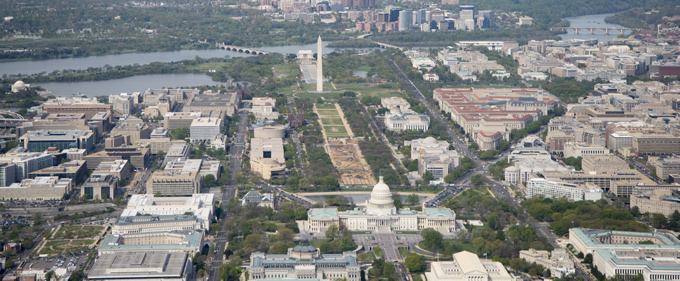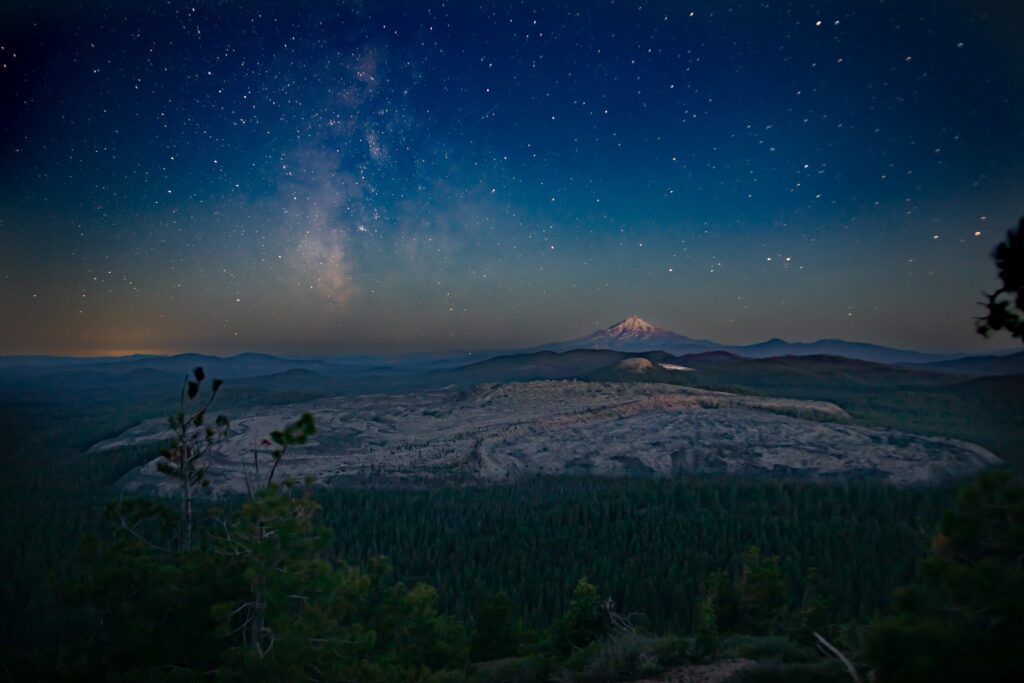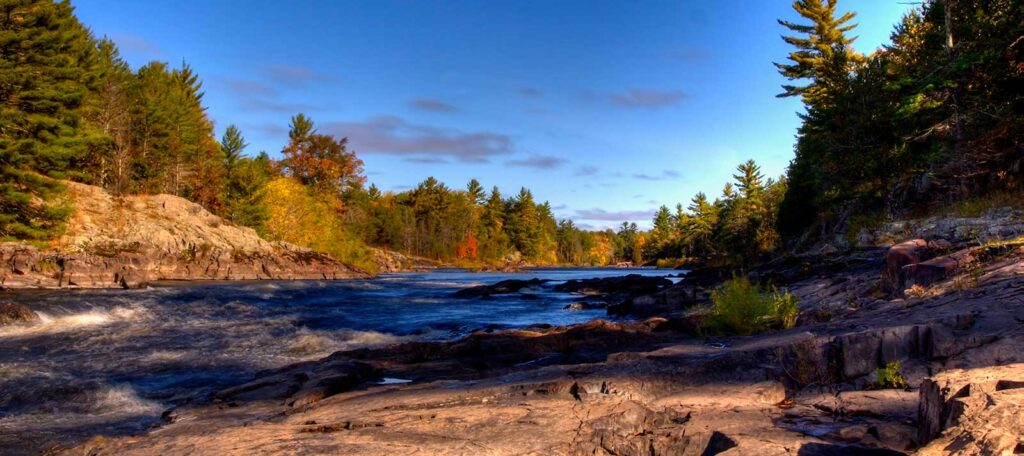The State of Rivers at the State of the Union
On Tuesday, January 30th, President Trump will deliver his annual State of the Union address to Congress, but after one year of presidency, what is the state of U.S. rivers?

This week the president delivers his annual State of the Union address to Congress. Doubtless President Trump will declare that due to his efforts the state of the union is strong, and assure Americans that whatever problems remain, he – alone – will fix them. But to those who care about rivers and clean water (which should be everyone, right?), those assurances will ring hollow.
Rivers and streams in America have come a long way since the dark days when oily plumes of smoke rose over the burning Cuyahoga. Federal legislation like the Clean Water Act and the Safe Drinking Water Act have dramatically reduced pollution – by one estimate, the dumping of toxic pollutants by industry has been reduced by 700 billion tons per year – slowed the destruction of wetlands and small streams, and helped make drinking water supplies in the U.S. among the safest and most reliable in the world. But (and there’s always a “but”) the job of securing the nation’s water resources from pollution and environmental degradation is far from finished.
The Clean Water Act (CWA) set a goal of making the nation’s waters “fishable and swimmable” by 1983. Though we’ve made significant progress, we missed that deadline by a wide margin. According to one recent study, over 50% of assessed rivers and streams failed to meet water quality standards. In another, only 28% of rivers and streams were determined to be in good condition while 46% were in poor condition. Nearly 25% of river and stream miles nationwide carry harmful bacteria at levels that could threaten the health of people exposed via recreation. Wetlands continue to suffer from pollution, dredging and filling. In fact, recent studies suggest the pace of wetlands loss has been increasing since the early 2000s.
In the latter half of the 20th century, the dependable quality of drinking water in the U.S. was the envy of the world, but after years of neglect, cracks are appearing in the legal and physical infrastructure that we all depend on for safe drinking water. Pollution from lead, coal ash, algae blooms, agricultural run-off, and other sources are fouling water supplies in communities across the country. The American Society of Civil Engineers gives the condition of the nation’s wastewater and drinking water infrastructure a grade of D-, and the American Water Works Association estimates that a trillion dollars over the next 25 years is needed to make the system whole again. No less an authority than the U.S. Environmental Protection Agency warned (during the previous administration) that crumbling infrastructure threatens to reverse the public health and environmental gains achieved since passage of the Clean Water Act.
President Trump is unlikely to dwell on much of this in his State of the Union address. But his actions, and those of his EPA Administrator Scott Pruitt, speak volumes about the administration’s lack of concern for clean water and its antipathy toward federal efforts to protect it. The new administration was barely under way before plans were announced to drastically cut the EPA’s budget, and long-time agency professionals and advisors – the core scientific expertise and institutional memory of the agency – found themselves frozen out of decision-making. One of Trump’s first acts as president was to sign a bill revoking an Obama Administration rule that would have stiffened limitations on the dumping of mine waste into rivers and streams. Since then the administration has announced plans to review (read: roll back) a rule that protects streams from the dumping or leakage of coal ash, scrapped a policy that required that planning of public infrastructure projects account for flooding aggravated by climate change, and delayed compliance with a rule limiting the discharge of water-borne pollutants from coal-fired power plants.
Plans were laid even before the inauguration to eliminate the “Waters of the United States” or Clean Water Rule. In 2001 and 2006, two oblique Supreme Court rulings cast doubt on the extent of the CWA’s jurisdiction, and the Obama Administration engaged in a lengthy rulemaking process to clarify the authority of the CWA to protect small streams and wetlands that contribute to the drinking water supplies of one in three Americans. After years of painstaking scientific, economic and legal analysis, hundreds of public meetings, and a comment period that produced over a million comments, the Clean Water Rule was adopted, reaffirming the CWA’s authority. Shortly after taking office, President Trump and Administrator Pruitt launched an effort to sweep away this carefully crafted rule and once again expose hundreds of thousands of miles of small streams and wetlands to unregulated pollution and degradation.
So, at a time when action to protect the nation’s water resources should be ramping up – according to a recent poll the public’s concerns about clean water are at their highest level in over 15 years – the Trump Administration is doing exactly the opposite. And don’t let the Administration’s much ballyhooed initiative on infrastructure (which the president may tout in his speech) fool you. A draft of the plan that began circulating a few days ago reveals it to be an industry wish list of exemptions from the nation’s bedrock environmental laws that would further undermine protection for rivers, streams and clean water.
If that sounds bleak…well…it is pretty bleak. Fortunately, folks all over the country are rising to meet the challenge of protecting rivers and clean water despite the headwinds created by a president hostile to environmental protection. American Rivers and allies will challenge the rollback of the Clean Water rule in federal court, arguing that the administration’s effort to sweep away the rule is not only unwise but unlawful. States from California to Maryland are investing in water infrastructure the right way, with dam removal and river and floodplain restoration projects that promote water quality, improve public safety, and provide wildlife habitat and recreational opportunities. Partnerships between landowners, NGOs, local governments and Native American tribes are implementing watershed restoration and management projects that benefit local communities as well as fish and wildlife. Cities across the country are pioneering integrated water management approaches to secure drinking water supplies and better manage pollution from sewer overflows and urban run-off. Stakeholders are working together to better allocate scarce water resources in response to drought, and promoting natural infrastructure – rivers floodplains, and wetlands – that can often be as effective as concrete and pipes at purifying and delivering drinking water to communities, and at a significantly reduced cost.
None of this can replace an active federal government promoting strong protection for rivers and clean water and investing the billions of dollars necessary to effectively address the decay of our water infrastructure. Until we return to that kind of federal leadership, we must do everything we can to hold the line for rivers and clean water.



